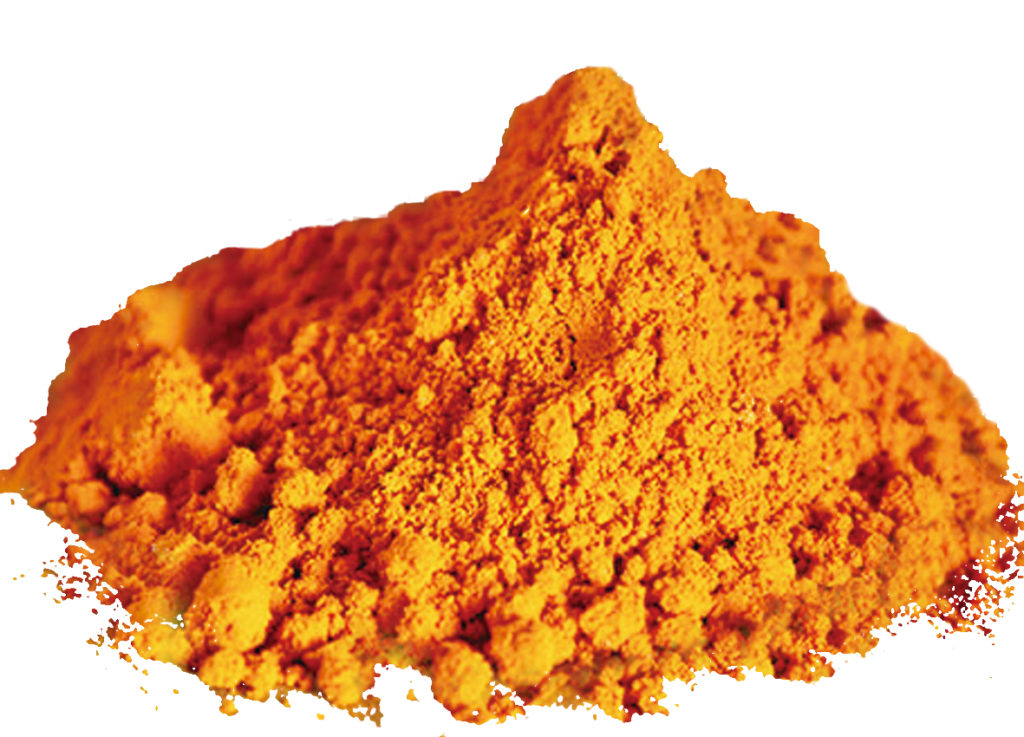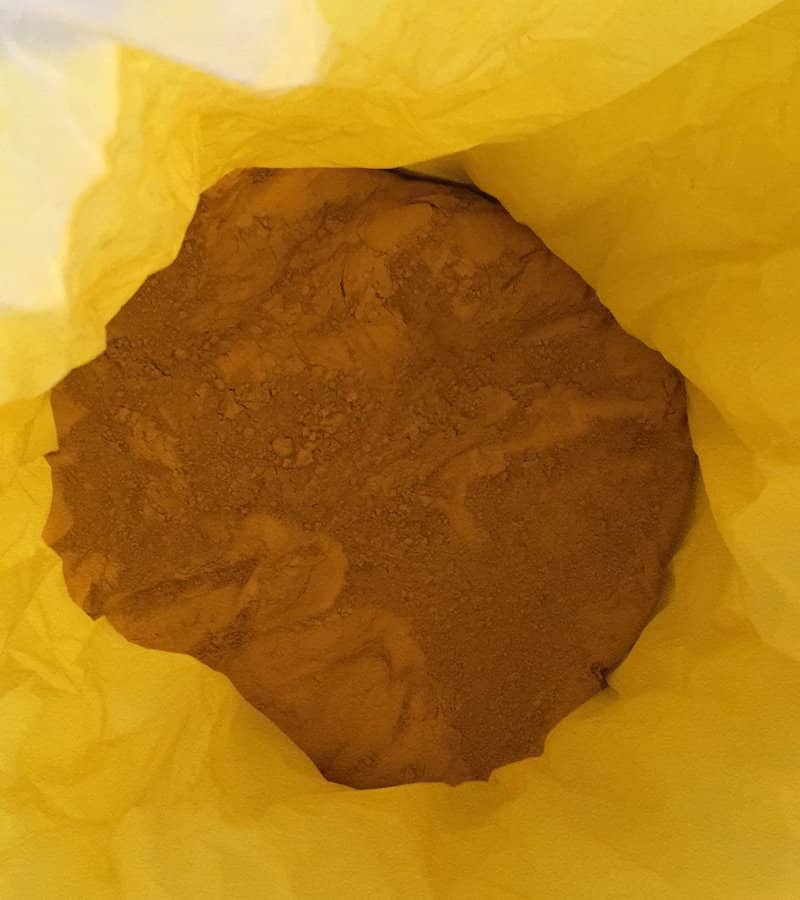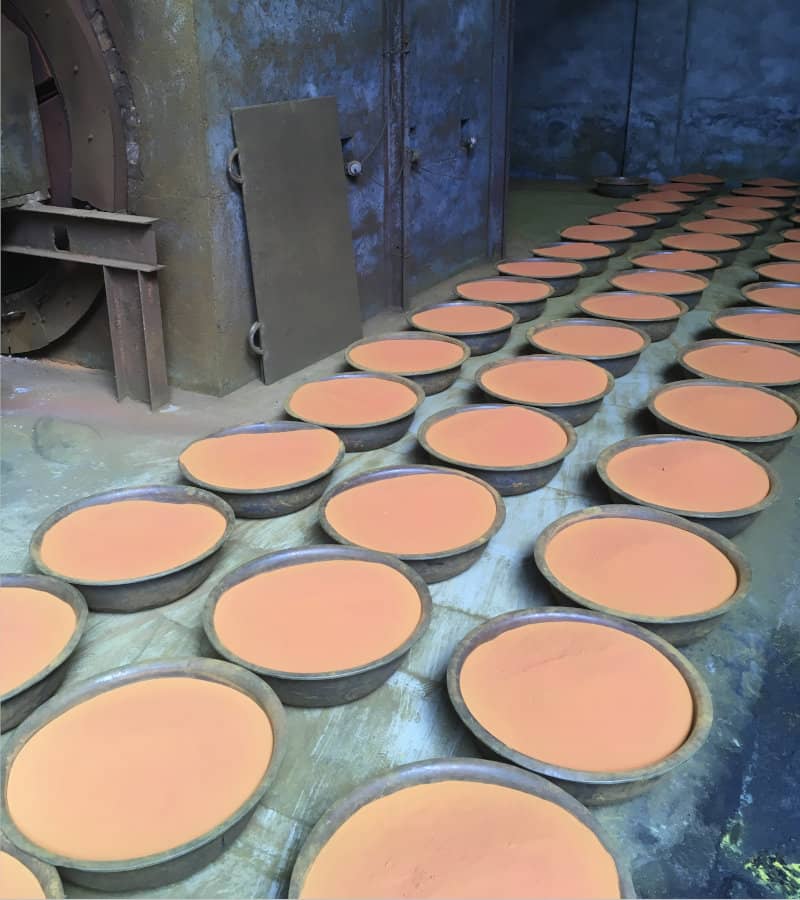At Vanmo Tech we produce and sell this industrial chemical product
CAS No.: 1314-62-1
UN No.: 2862
Transport hazard class: 6.1

Used in
- Catalyst for petroleum refining(Benfield Process) in oil refinery.
- Remove carbon dioxide(CO2) and HS from industry gas stream(gas sweetening) in Benfield Processing.
- Catalyst for synthesis ammonia industry in chemical fertilizer plant.
- SCR denitrification catalyst production material.
- Additive in hard alloy(tungsten carbides).
- Additive for Li-ion batteries material.
- Magnetic material.
Contact us at Vanmo Tech to buy Vanadium Pentoxide (V2O5) at the best price
Specification
Element
| V2O5 | 99% min |
| V2O4 | 1.5% max |
| S | 0.05% max |
| Fe | 0.2% max |
| Si | 0.2% max |
| Ca | 0.05% max |
| Al | 0.01% max |
| Na2O+K2O | 1.0% max |
Element
| V2O5 | 99.8% min |
| V2O4 | 0.4% max |
| S | 0.005% max |
| Fe | 0.01% max |
| Si | 0.01% max |
| Ca | 0.02% max |
| Al | 0.002% max |
| Na2O+K2O | 0.03% max |
Element
| V2O5 | 99.5% min |
| V2O4 | 1.0% max |
| S | 0.01% max |
| Fe | 0.02% max |
| Si | 0.06% max |
| Ca | 0.03% max |
| Al | 0.005% max |
| Na2O+K2O | 0.05% max |
Processing Flow Chart
Raw Material → Dissolution → Purify → Precipitation → Filtration
Packing ← Crushing ← Oxidation ← Drying ← Solid ↲
What is Vanadium Pentoxide?
Vanadium Pentoxide (V2O5) is a compound of vanadium and oxygen. The pent in its name comes from the fact that it contains five units of oxygen per every one unit of vanadium.
V2O5 has a red color in its pure form due to the electronic transitions between energy levels in outer orbitals. When even small amounts of impurities are added to pure V2O5, this results in different colors ranging from yellow all the way to black, depending on the amount and type of impurity present in it.



Vanadium Pentoxide Uses
V2O5 is a polymorph of vanadium oxide that can be used as:
- Catalyst.
- Electrolyte in lithium-ion batteries.
- Receptive material for organic photovoltaic cells.
Vanadium pentoxide (V2O5) is an important industrial chemical known for its use as a catalyst for industrial and domestic purposes. It is also used as electrolyte material in lithium-ion batteries and as receptive material to make solar panels.
The properties linked with Vanadium Pentoxide V2O5 help determine if a material or substance can be used for a specific purpose application. For example, certain properties are required for materials or substances to be used as a battery anode, fuel cell cathodes, and electrolyte membranes.
Certain impurities have been added during the production of Vanadium Pentoxide V2O5, which help it fulfill all these different applications. For example, if small amounts of phosphorus are added, this results in yellow-brown coloration of the material.
This means that it is more solid than its pure form but still consists of Vanadium pentoxide, which can help increase power storage, reduce corrosion by reacting with hydrogen gas released at the cathode surface during charge, and being able to transport protons without posing any risk to people using them either internally or externally on their body.
Therefore, all of these properties help Vanadium Pentoxide fulfill applications required for batteries (though it is not used on its own since adding phosphorus makes it too solid).
Its most important role is being used as one of the electrodes inside fuel cells where the chemical oxidation typically occurs at the anode, with oxygen being reduced at the cathode with hydrogen ions.
The redox reactions represent overall energy storage and conversion, which allows us to use them for various purposes, including powering mobile devices or even cars that run on electricity provided by fuel cells
Catalyst in petroleum refining
Benfield process is a solvent system that uses aqueous potassium carbamate (K2CO3) to capture CO2 gas emitted from industrial processes. K2CO3 solvent is unique since it is non-corrosive and offers a low volatile environment. Unlike amine-based solvents, K2CO3 does not react with other impurities and is less prone to thermal instability.
However, K2CO3 has a low reaction rate with CO2 gas and requires a catalyst to speed up the reaction. While organic catalysts are cheap and easy to produce, they tend to be toxic, corrosive, and react with gaseous impurities. A good alternative is inorganic catalysts such as V2O5. V2O5 is preferred because it is a corrosion inhibitor and enhances the breakdown of CO2 emissions.
Catalyst in ammonia synthesis
Vanadium is used in the formation of alloy membranes that aid in the separation of hydrogen molecules into atoms. Iron and Cobalt form better membranes with vanadium as opposed to chromium. That is, these metals improve the embrittlement of vanadium to hydrogen. Vanadium is preferred because of its low cost and breaks down hydrogen covalent bonds resulting in a higher yield of hydrogen atoms. This is when compared to commonly used lead-based alloys. However, to prevent the alloy membranes from becoming brittle, the concentration of hydrogen must be kept below the critical value.
Vanadium-based SRC denitrification catalysts
Denitrification involves the conversion of nitrogen oxides into water and nitrogen gas. This process makes use of the selective catalytic reduction (SCR) reaction, in which ammonia (NH3) acts as a reducing agent. To enhance the reduction of nitrogen oxides to nitrogen and water, a vanadium catalyst is used. V-based SCR catalysts enhance the reduction of nitrogen oxides within a temperature range of between 200-500 degrees Celsius. In addition, these catalysts have a low activation temperature and can withstand very high temperatures. V-based SCR catalysts can also have high water vapor resistance.
The text was prepared by Pauline Kathini, Bachelor of Science in Chemistry
